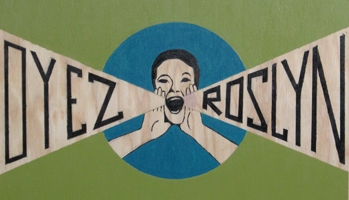 Oyez Roslyn! and the Roslyn Library are pleased to co-host an evening with photographer John Marshall. Sponsored by Humanities Washington.
Oyez Roslyn! and the Roslyn Library are pleased to co-host an evening with photographer John Marshall. Sponsored by Humanities Washington.
Thursday, April 17th, at 7pm at the Roslyn Library, Roslyn. Join us!
Photographer John Marshall will lead a discussion on the past philosophies and future policies regarding forest fire management in Eastern Washington. Lightning strikes and Native Americans historically ignited many small fires, resulting in open forests with a rich mosaic of wildlife habitats. As Europeans settled the area, many began to argue for the vigilant prevention of wildfires. For half a century, the U.S. Forest Service battled all fires and invented Smokey Bear, a character that spread the discredited notion that all fire is bad. Now fires are larger and hotter as forests have grown into living tinderboxes. All of Eastern Washington’s vulnerable forests will inevitably burn. The question for us is: How do we want them to burn?
About John Marshall
In 1994, John Marshall began an extensive photographic landscape study to follow what happens to forests following fires, an endeavor that will continue until at least 2014. Marshall’s interest in forest fires began in childhood while picking huckleberries at old burn sites on Mt. Hood. The son of a wildlife biologist, he came to understand at an early age that wildfires were important to wildlife in the same era Smoky Bear was telling the public that fires were bad. Marshall has a bachelor’s in fishery science from Oregon State University and a master’s in wildlife resources from the University of Idaho. Marshall began his career as a photographer with the eruption of Mt. St. Helens, which he photographed for National Geographic magazine. His recent work having to do with fire ecology is supported by the U.S. Forest Service.
Marshall currently lives in Wenatchee.
